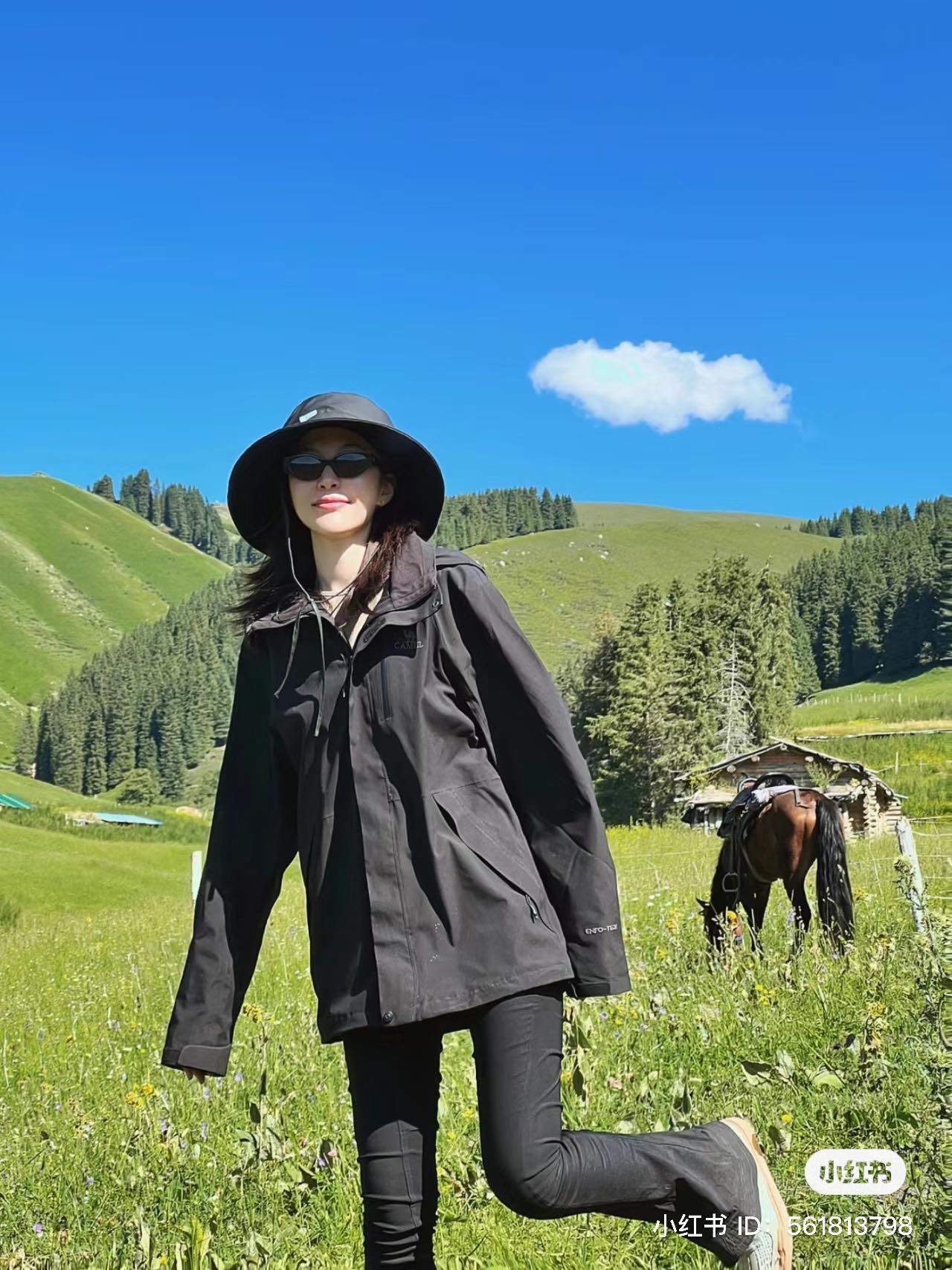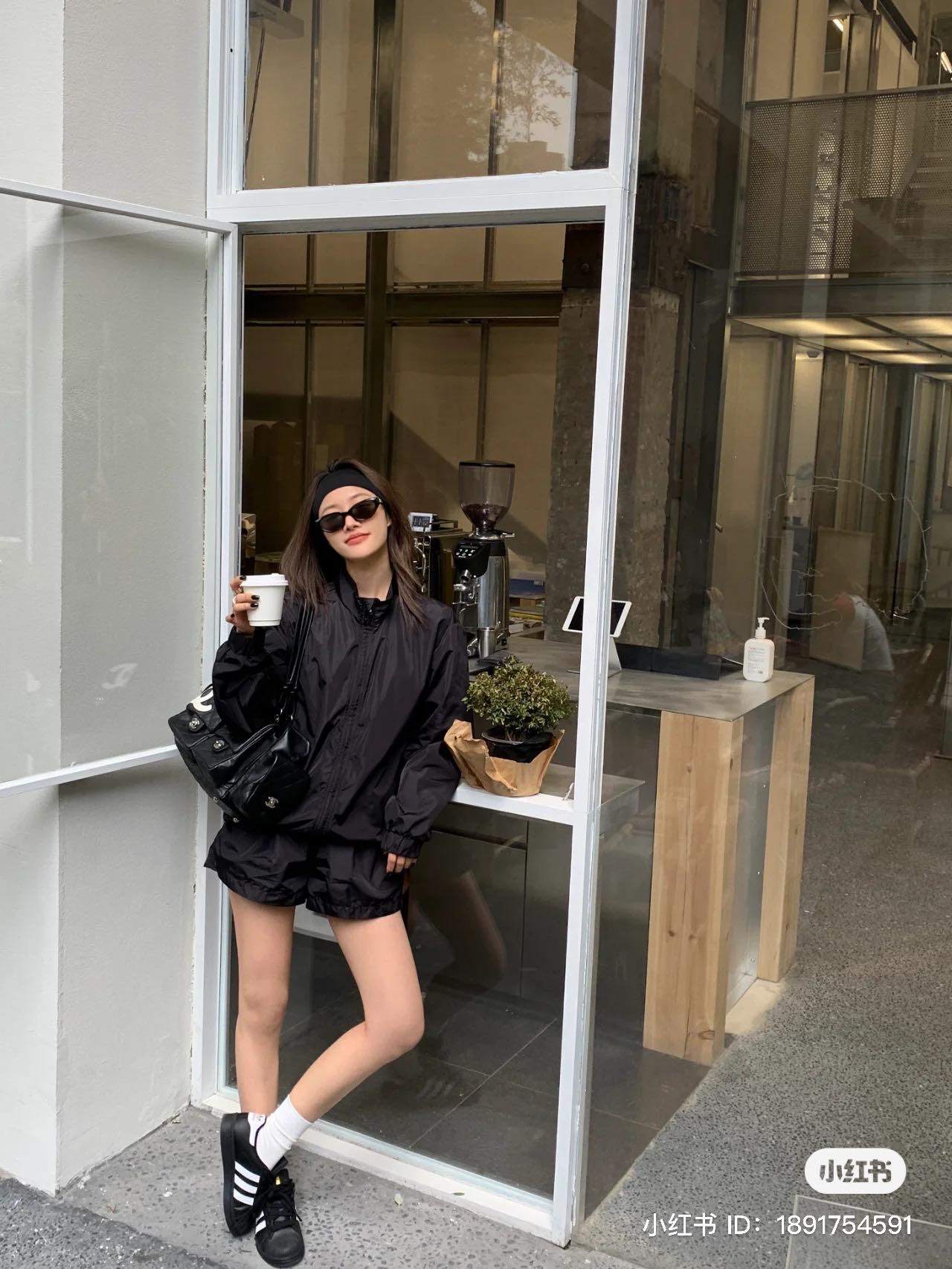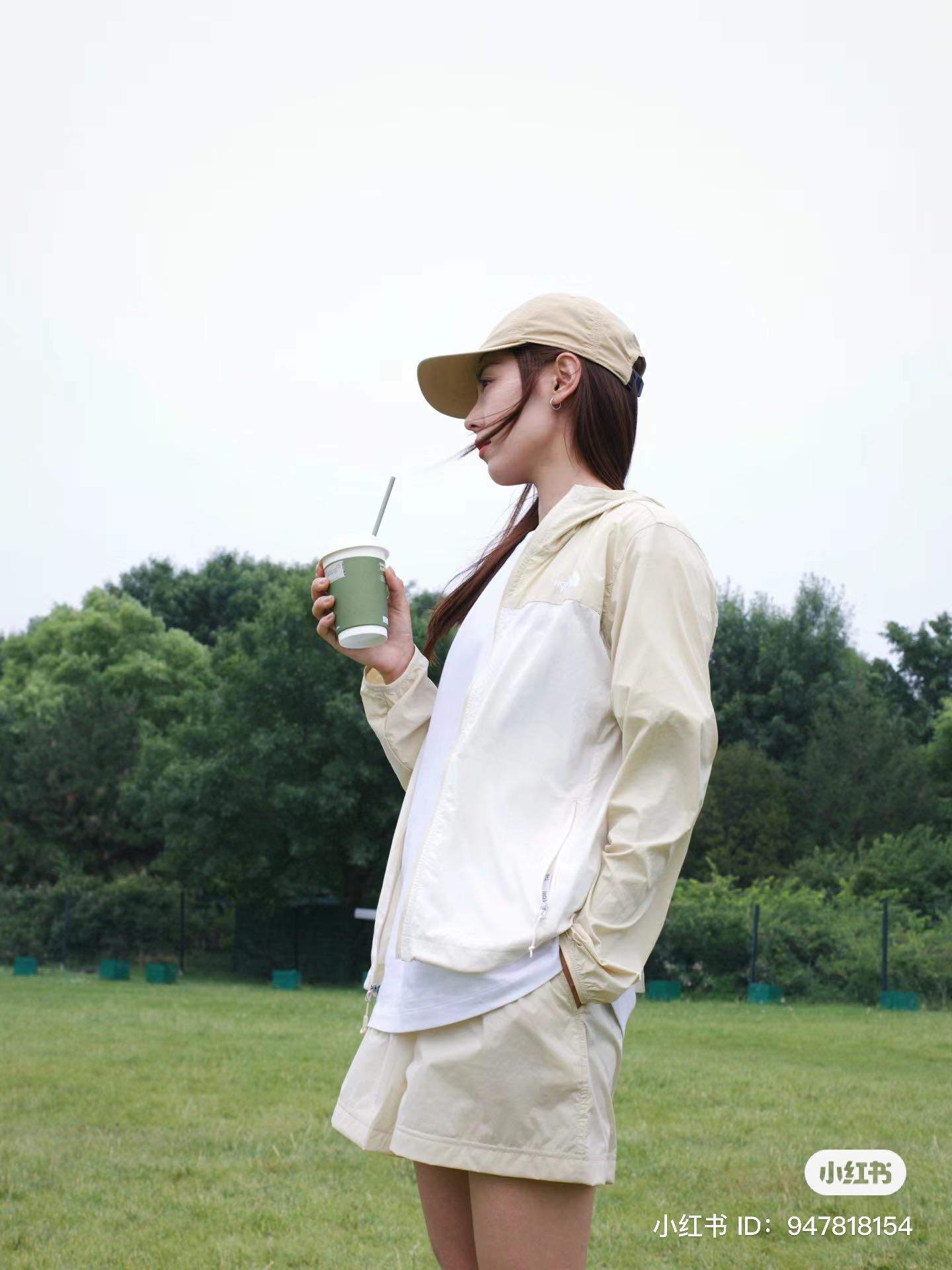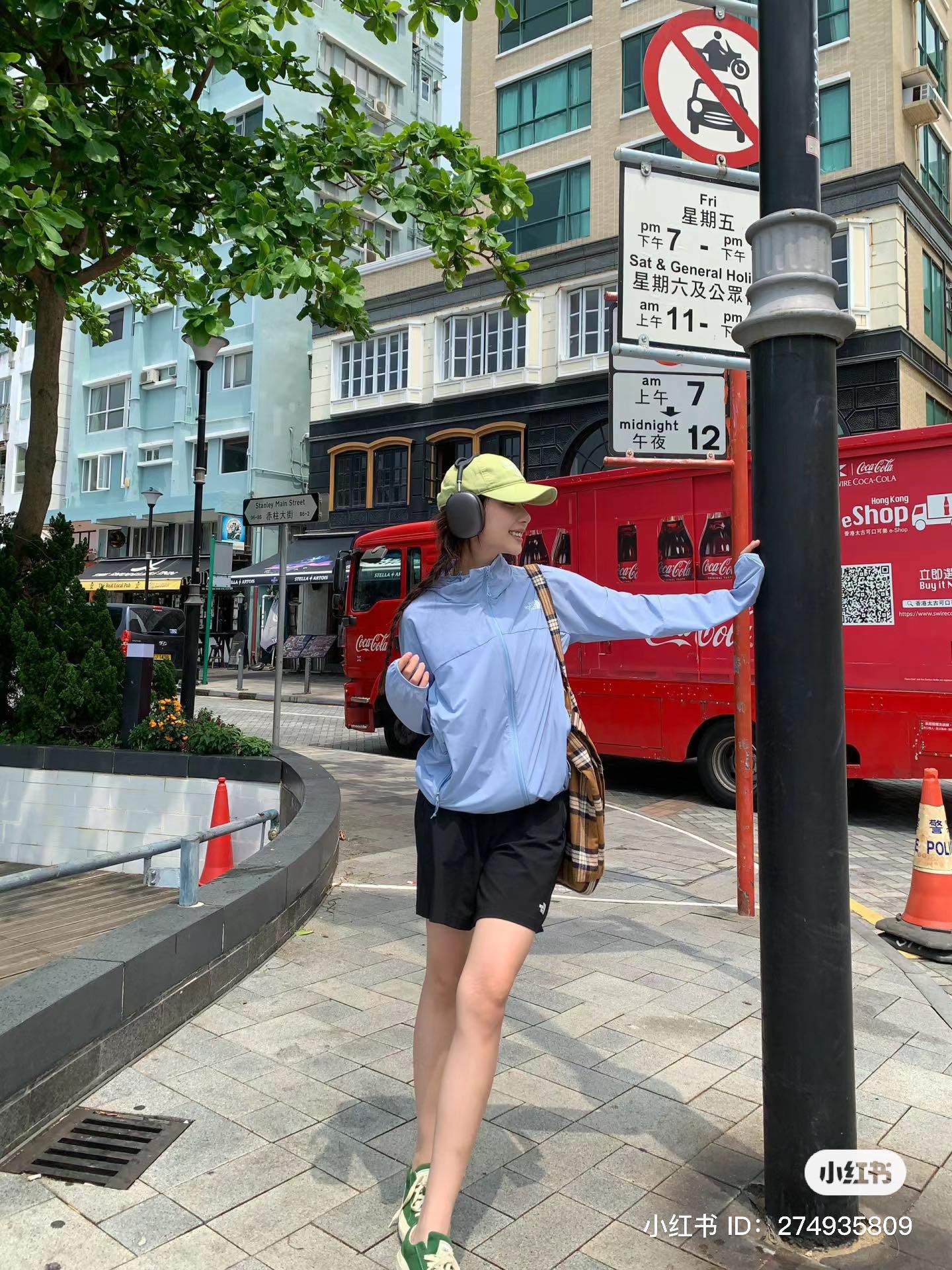The Difference Between Dark and Light-Colored Jackets: What’s the Best for Sun Protection?
It’s important to understand that the color of your jacket not only affects your style but also plays a significant role in sun protection. Dark and light-colored jackets differ in how they reflect and absorb light, impacting your comfort and UV exposure.
1. Dark-Colored Jackets
Dark colors, especially black, have the ability to absorb most light wavelengths, including harmful UV rays. When sunlight hits a dark jacket, a significant portion of the light’s energy is absorbed and converted into heat. This makes the wearer feel warmer, and the jacket itself gets hotter when exposed directly to sunlight. However, this also means that much of the UV radiation has been absorbed by the jacket, providing protection to your skin from direct sun exposure.
2. Light-Colored Jackets
In contrast to dark jackets, light-colored jackets, especially white ones, have a higher reflectivity and can bounce off most of the sunlight. This helps reduce the amount of heat absorbed by your body, making you feel cooler. However, the reflective nature of light-colored jackets also means that some UV rays can still penetrate and reach your skin.
Other Factors Affecting Sun Protection
Apart from color, the fabric and style of the jacket are also crucial in sun protection. Jackets made from thicker materials with UV-blocking properties, such as polyester, nylon, or thick-knit fabrics, offer better protection than cooler and thinner fabrics like cotton. The style of the jacket matters too; designs that fully cover your body, including your arms and neck, provide superior protection.
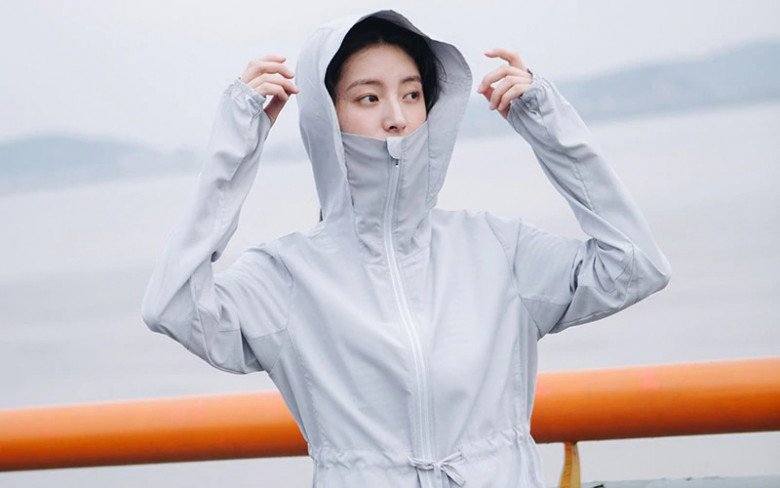
So, Which is Better for Sun Protection: Dark or Light-Colored Jackets?
Dermatologists recommend considering your environment and the duration of sun exposure when choosing a jacket for sun protection. If you plan to spend extended periods outdoors under intense sunlight, a dark-colored jacket made with UV-blocking fabric is the better choice, despite making you feel warmer. On the other hand, if you’re only going to be outside for short periods or under milder sunlight, a light-colored jacket may provide a more comfortable and cooler experience.
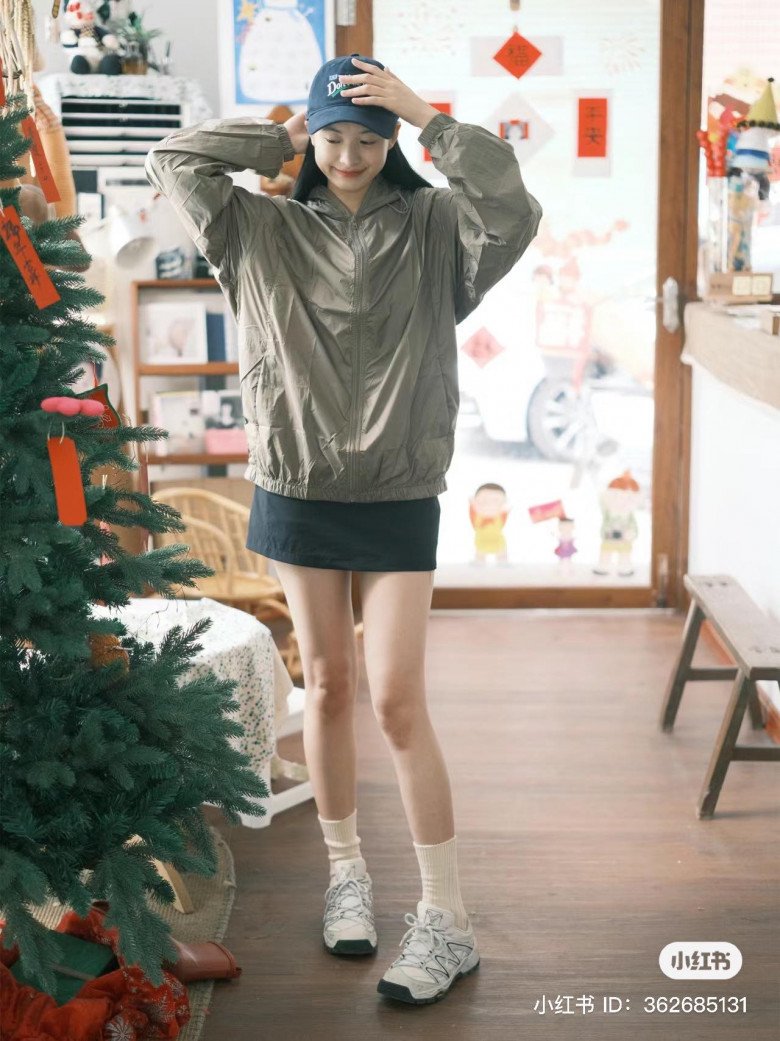
Dr. Lê Thái Vân Thanh from the Dermatology Clinic at the University Medical Center in Ho Chi Minh City states that while dark-colored clothing absorbs more heat, it offers better protection against UV rays. Therefore, when choosing dark-colored sun-protective clothing, opt for fabrics like satin or cotton for a more comfortable feel. Dr. Thanh emphasizes that the heat is due to the fabric absorbing heat, not the sun burning your skin. There’s no need to purchase clothing marketed as “UV-protective”; instead, choose fabrics with a high coverage factor, tight weave, thickness, and dark color.
Additionally, combining your jacket with other sun protection measures, such as applying sunscreen, wearing a wide-brimmed hat, and donning sunglasses, is essential. This comprehensive approach ensures enhanced protection for your skin and minimizes the harmful effects of UV radiation.
The Best Sunscreen for Dry Skin: A Moisturizing Must-Have
To effectively protect your skin from harmful external factors, sunscreen is a must-have in your daily skincare routine. With a myriad of options available, it’s essential to choose the right sunscreen for your skin type. If you have dry skin, pay close attention to the suggestions in this article, as we will be exploring the best sunscreens tailored to your skin’s needs.

























